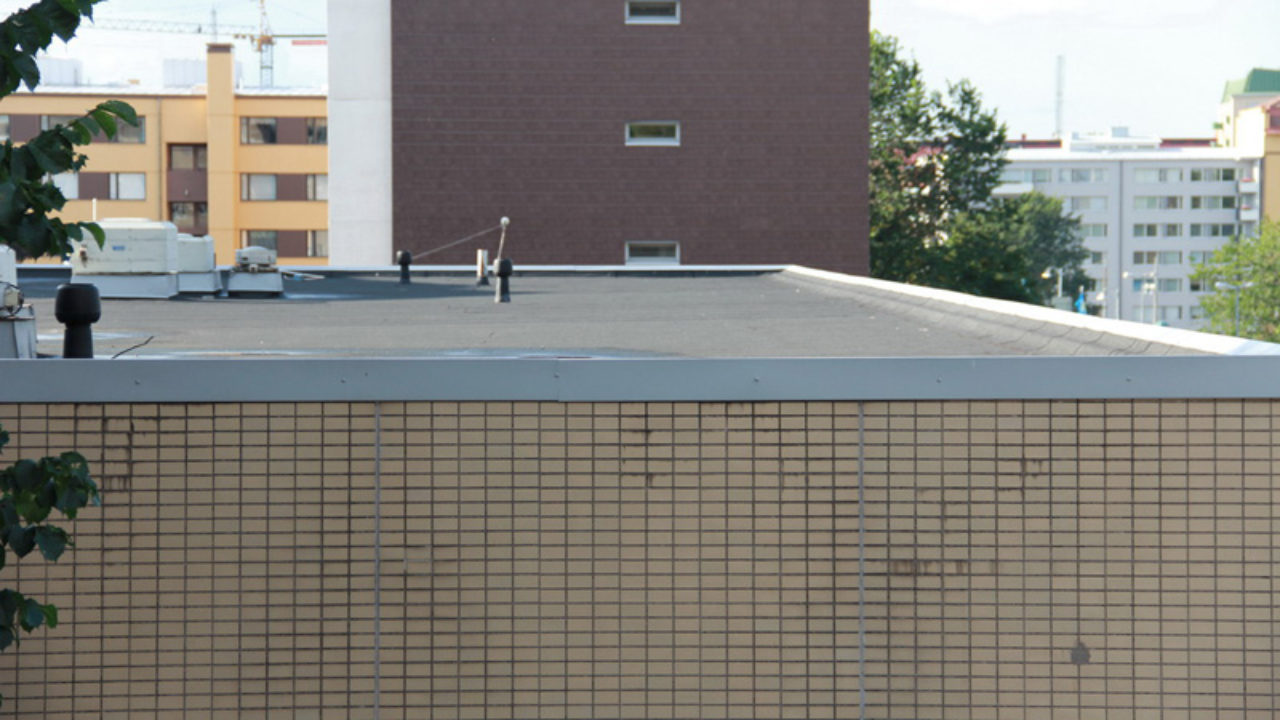A roof blister is a raised area where there is a loss of adhesion of the roof.
Roll roofing cracked and blisters.
Over time the combined effects of weather and water can cause raised ridges or blisters in the roofing that are prone to cracks.
If left untreated a blister can grow larger and allow more moisture to get in so that the problem gets worse until more extensive repairs and possible replacement.
Blistering is a different phenomenon in which bubbles form underneath the roof s membrane.
How to tell the difference.
Typical signs that a flat roof has cracks are water spots or.
Hail damage compared with blister rash damage on asphalt roofing shingles.
Roll roofing also known as composition asphalt roofing is designed for cold installation on roof sheathing.
This means the roofing can be installed without a coating of hot tar applied first.
Blistering and alligatoring are two problems that are common among membrane roofing systems.
This article tells readers how to identify roof shingle hail damage and how to distinguish a hail damaged roof from blister rash damage foot traffic damage wind and other conditions such as shingle rash blistering cracking and granule loss associated with normal shingle aging.
Rolled roofing usually expands and contracts with temperature changes as the building settles and the roof ages.
Alligatoring is a crazed cracking pattern in the roof s surfacing.
It looks a lot like alligator skin which is where the name comes from.

